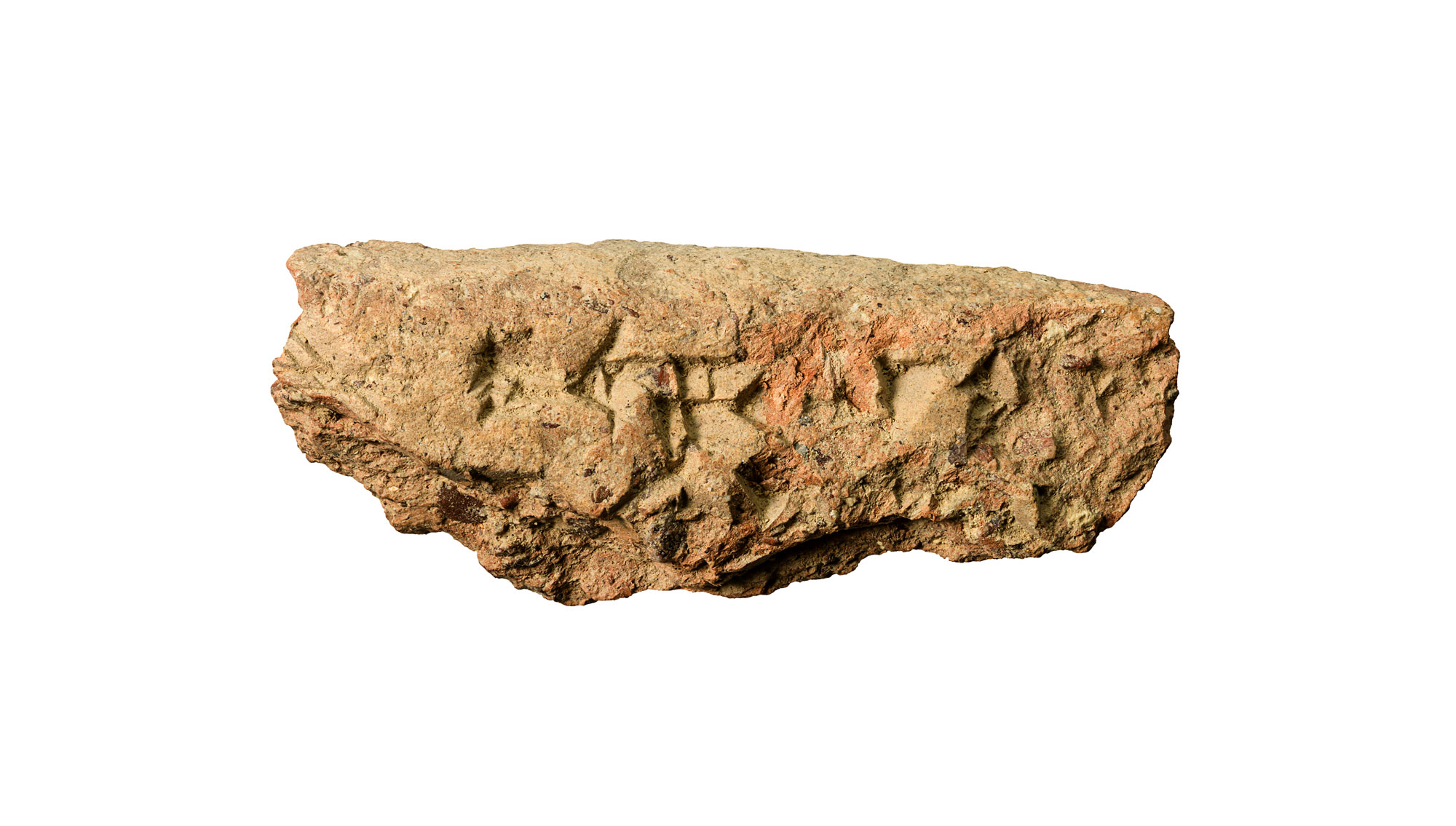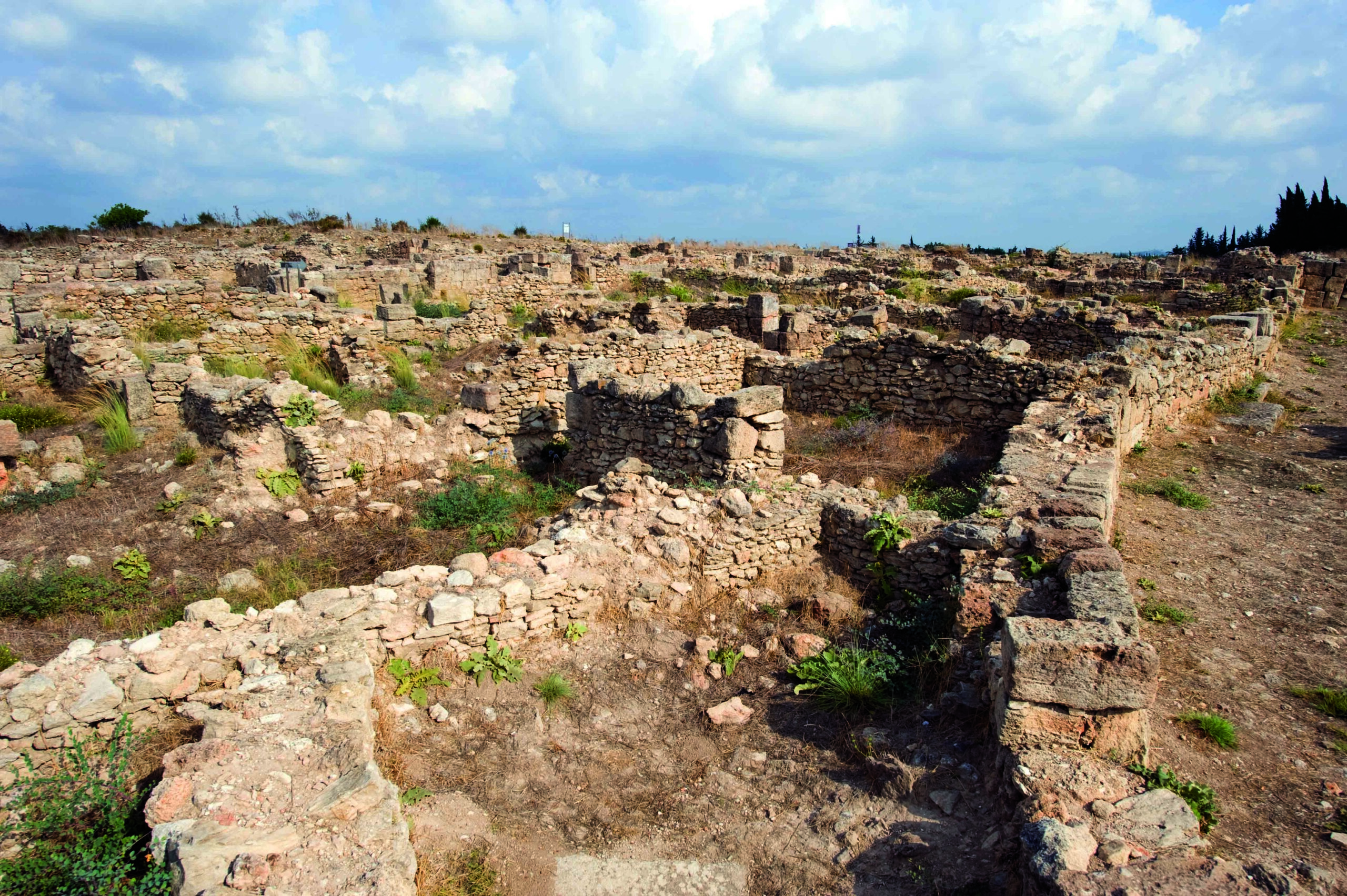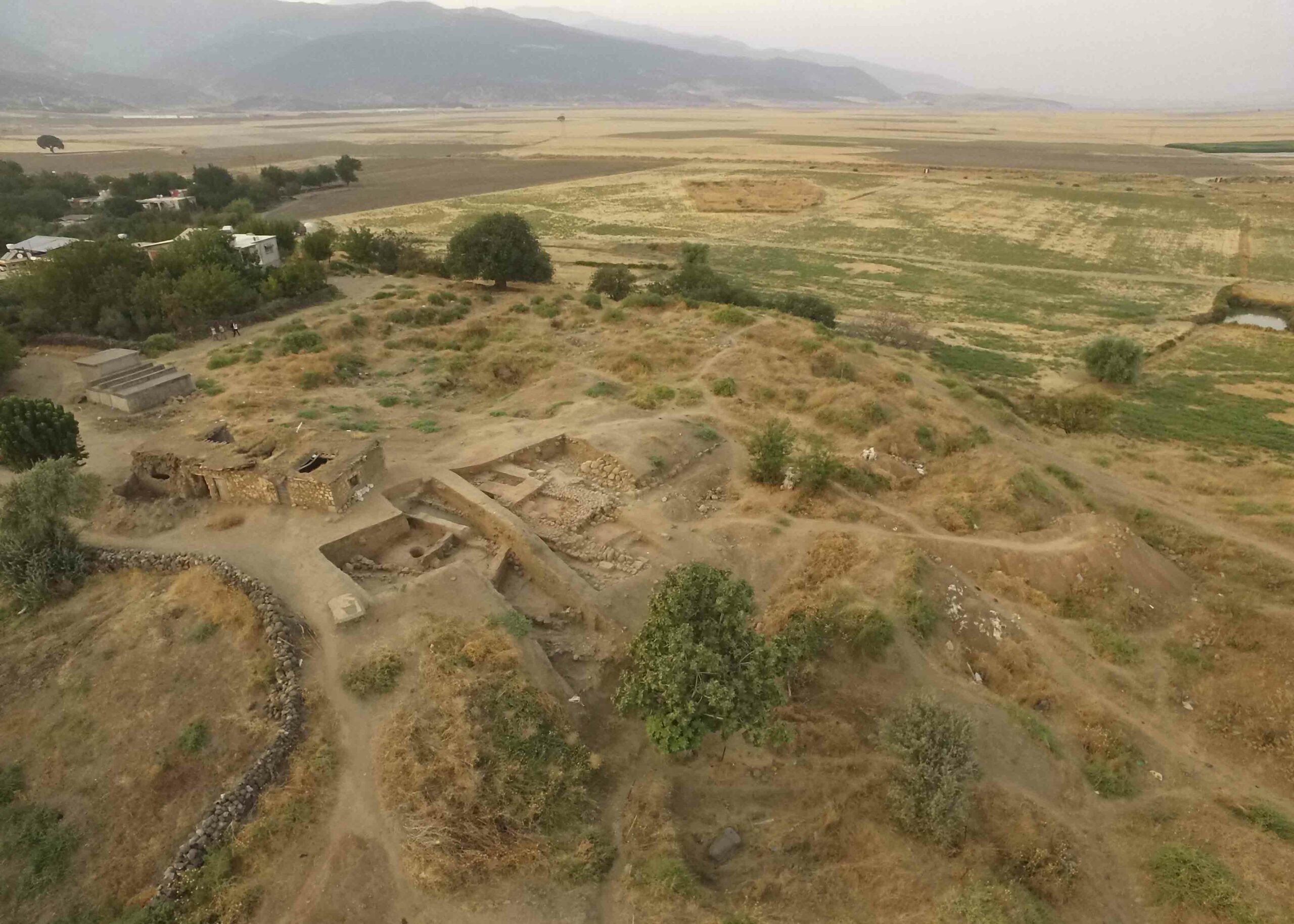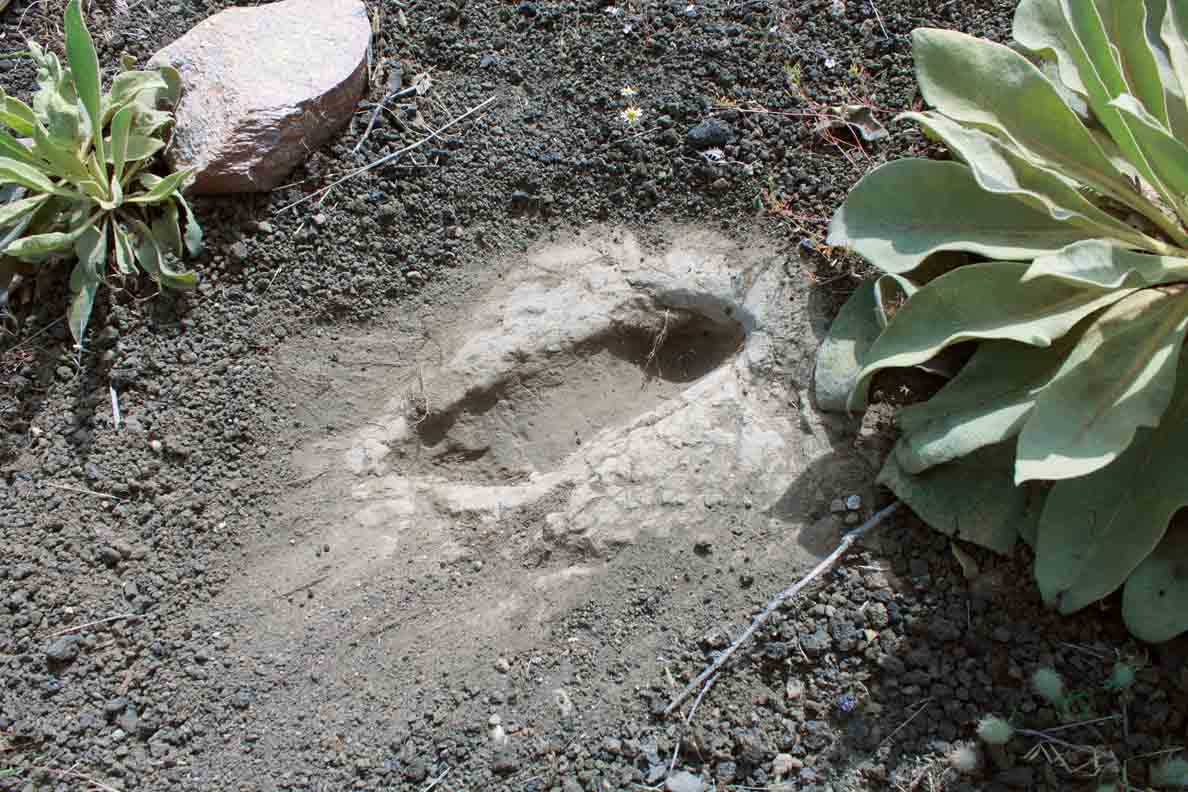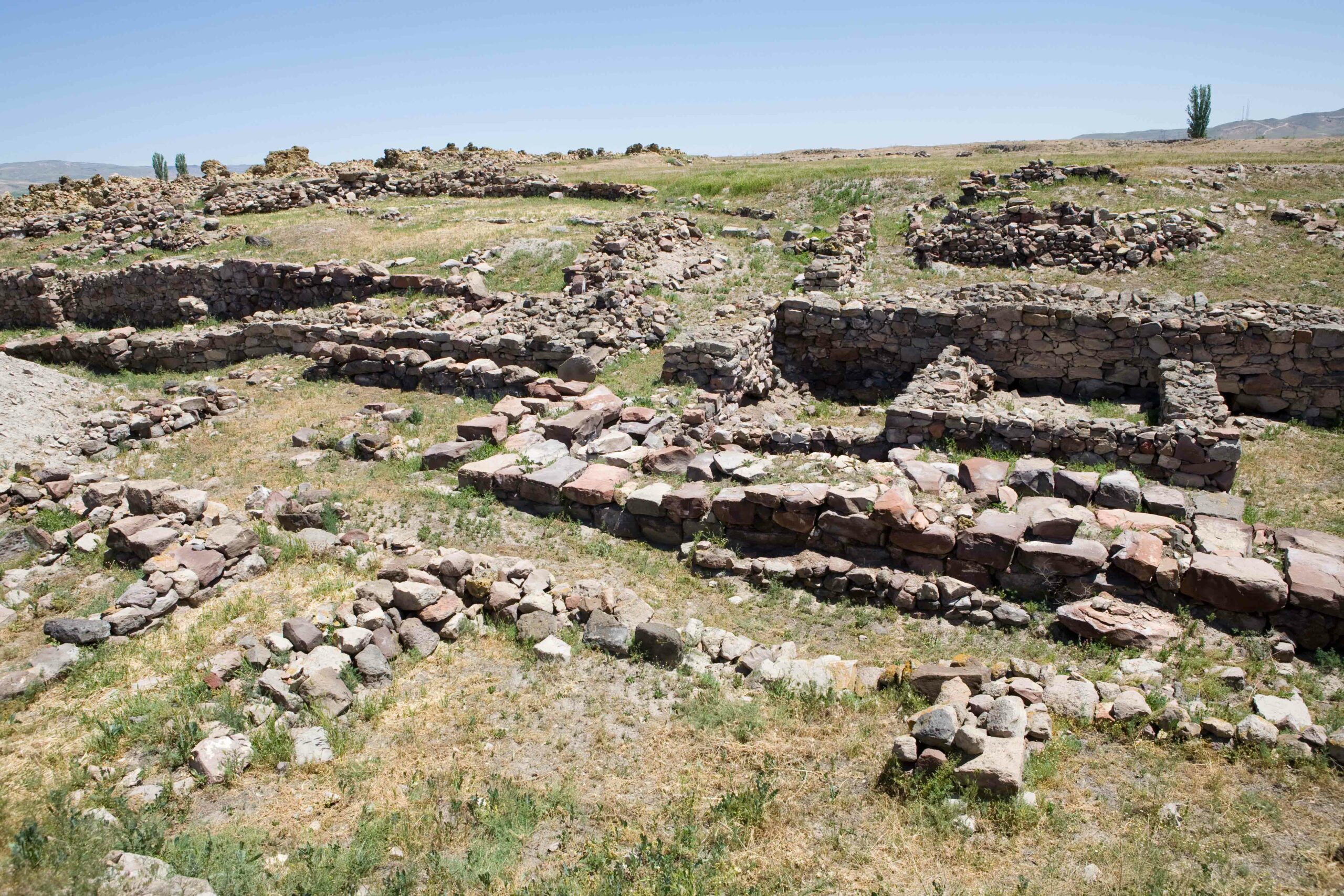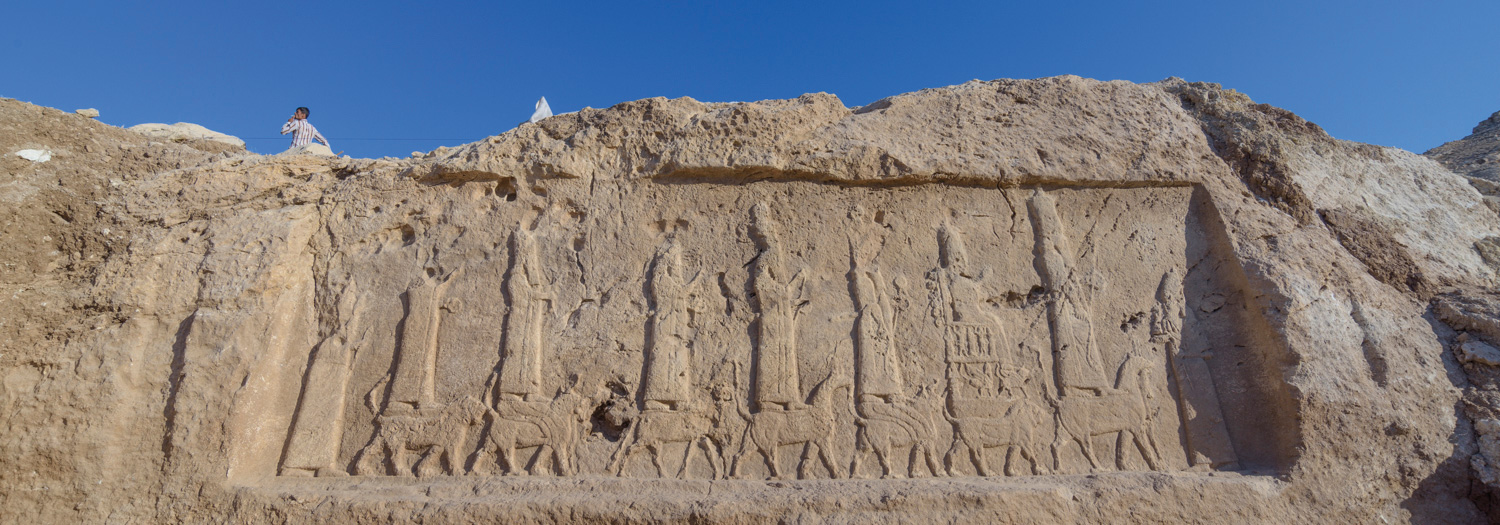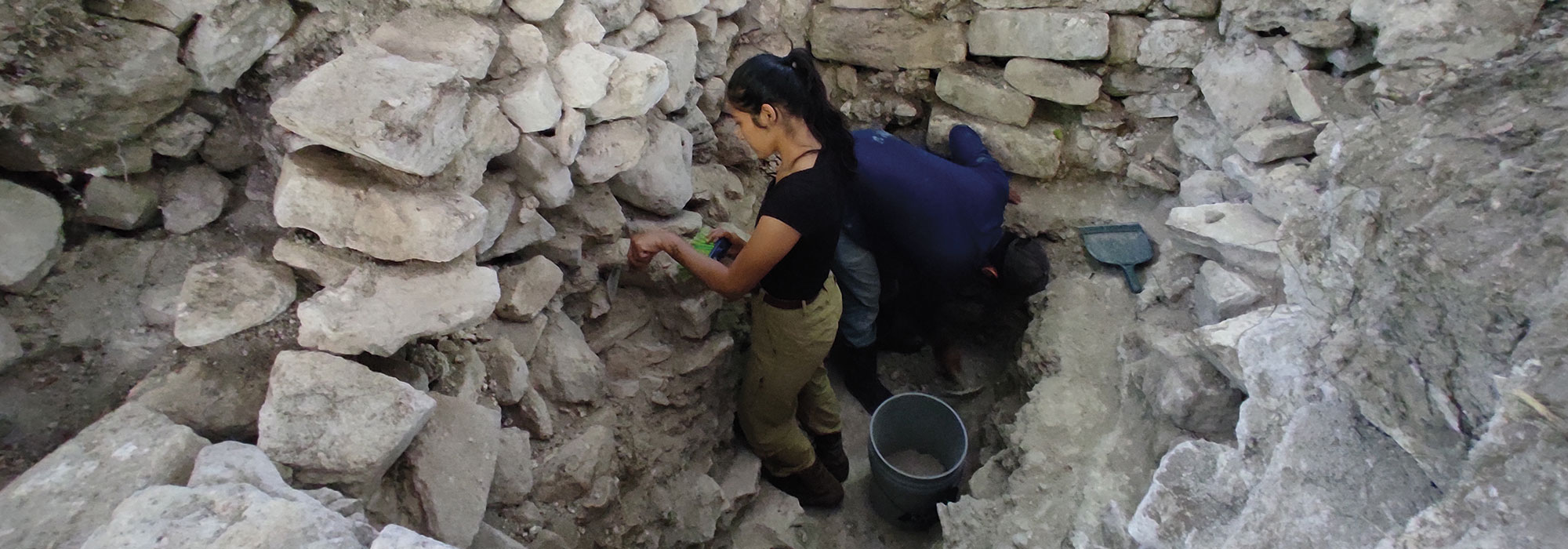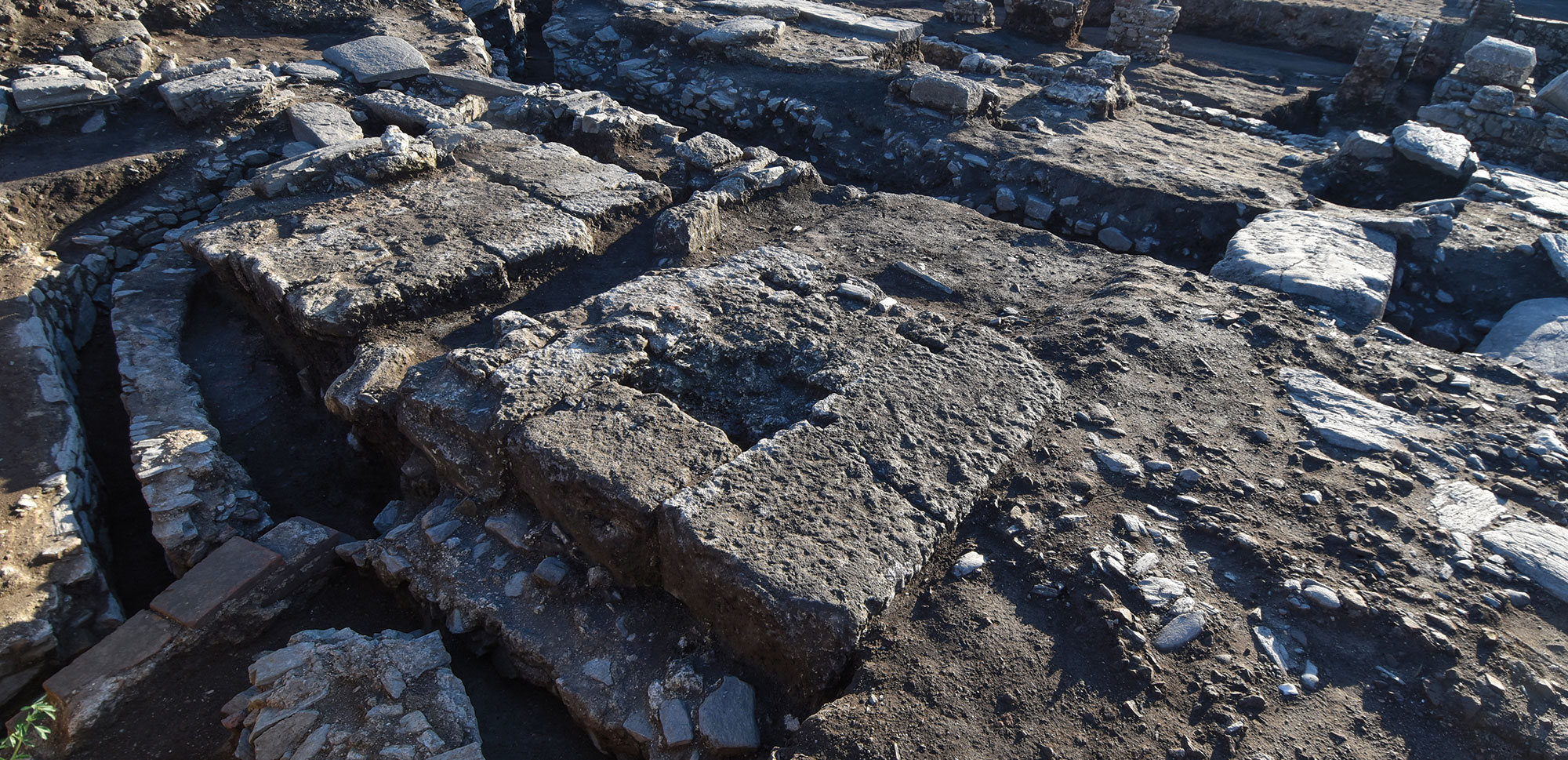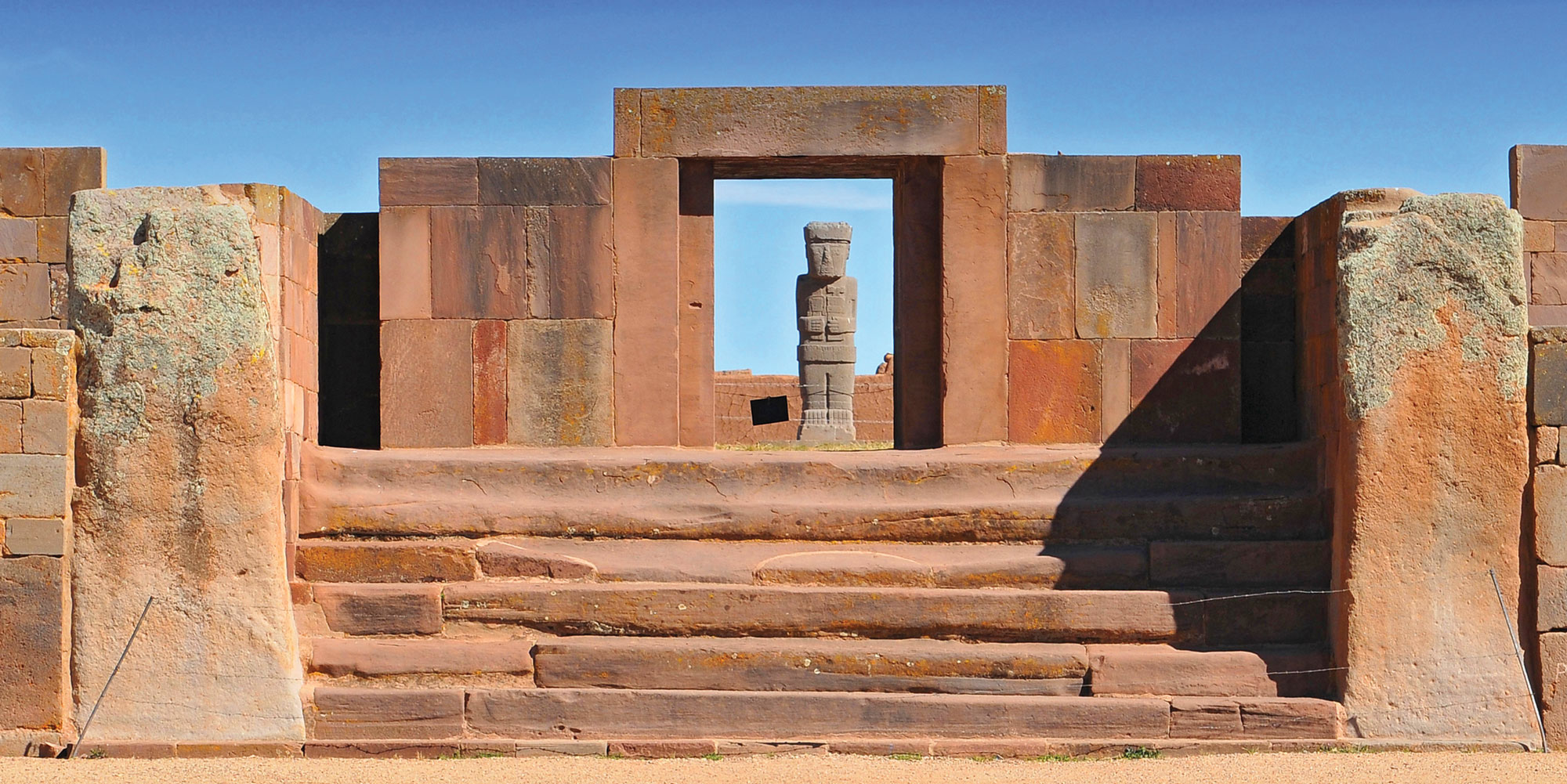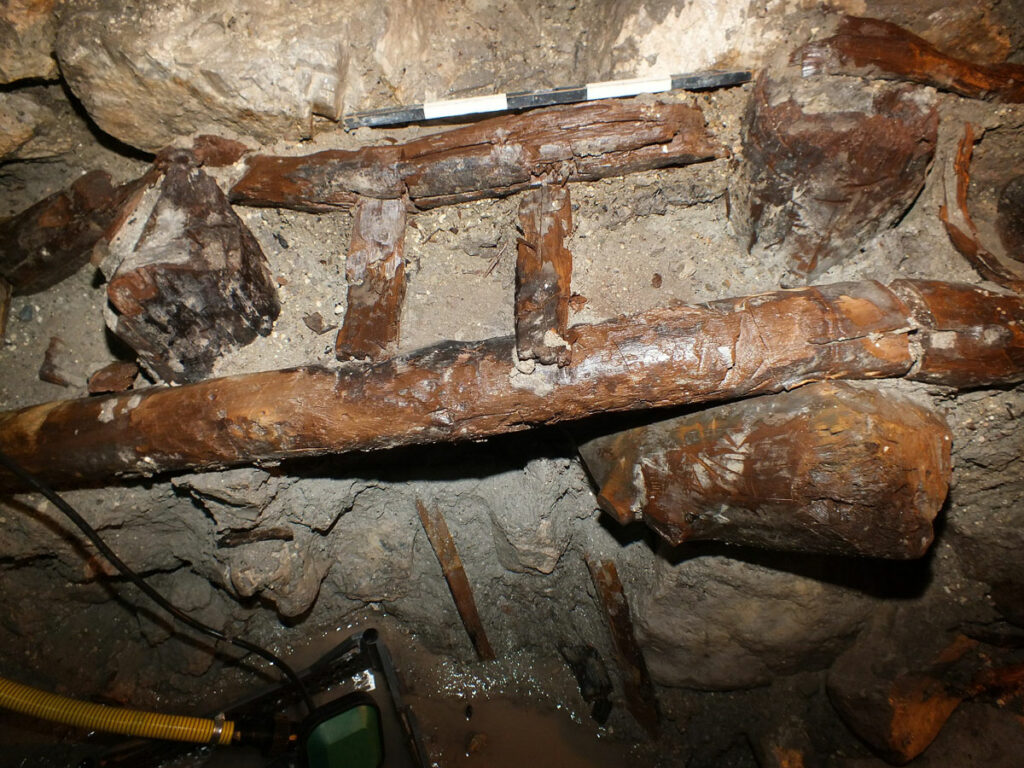
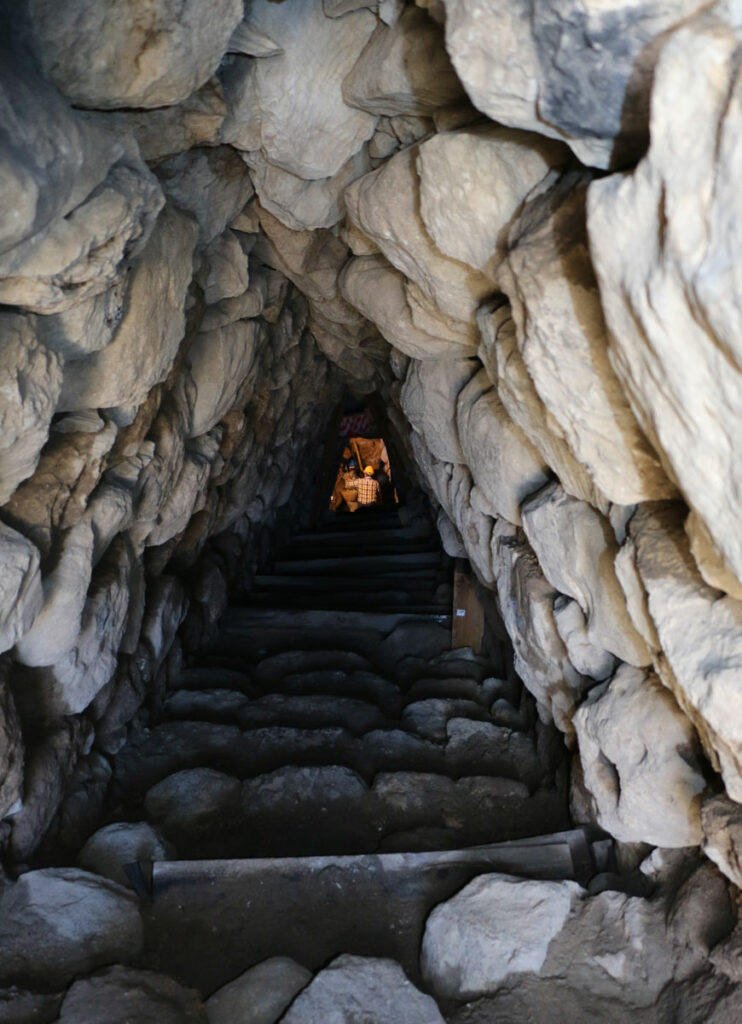
SAMSUN PROVINCE, TURKEY—An international team of researchers excavating in the ancient Black Sea port of Nerik has discovered 3,000-year-old hazelnut shells and pieces of wood that had been cut with bronze tools at the site of a temple, according to a Hürriyet Daily News report. The waterlogged artifacts were found in what is thought to have been a pool of water sacred to the Hittites. The hazelnut shells confirmed that the nuts were produced in the Black Sea region, the researchers concluded. To read about a lost Hittite capital in Anatolia, go to "Searching for Lost Cities: The Storm God's City."


